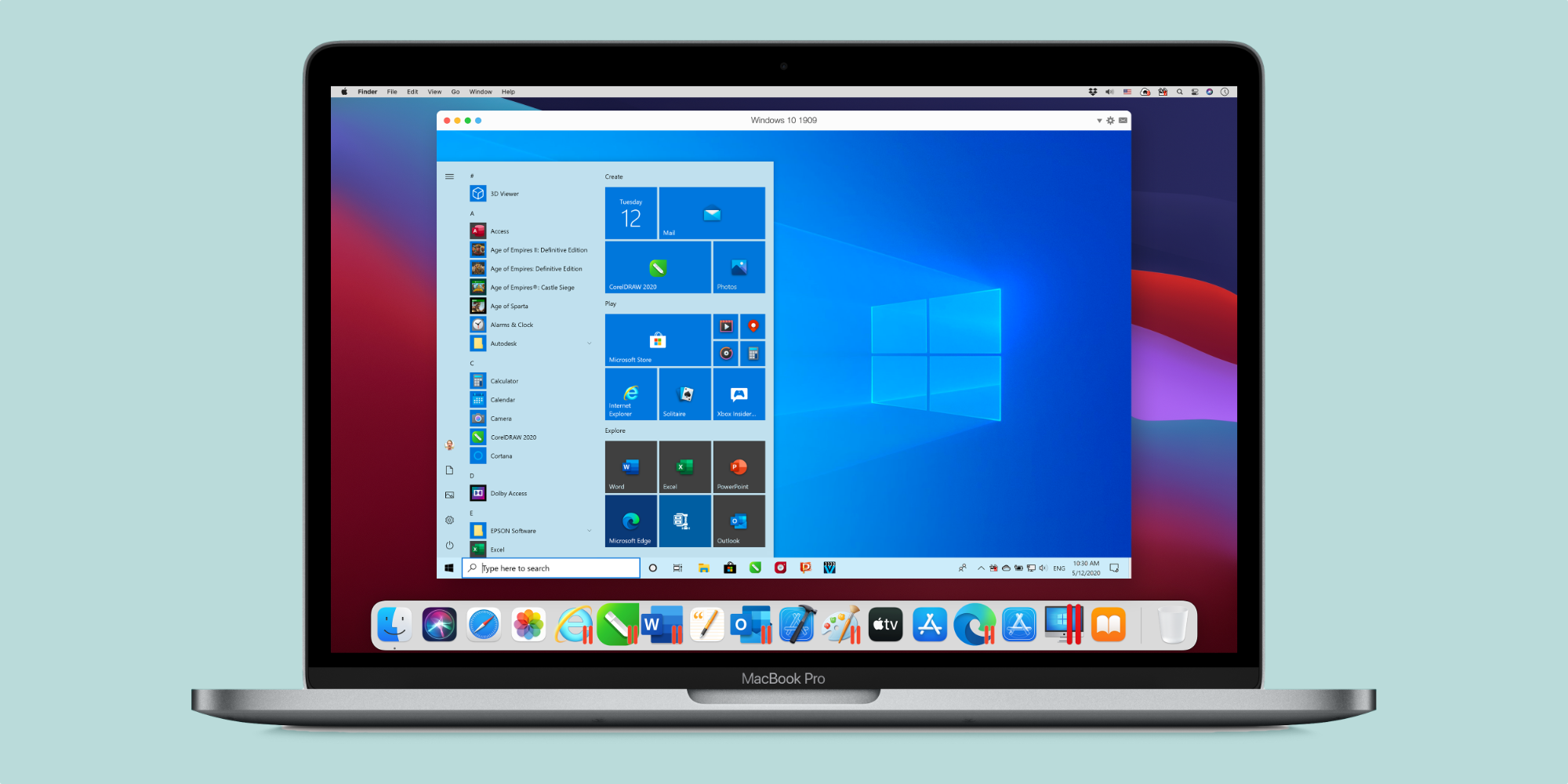

- #Parallels 13 standard vs pro install#
- #Parallels 13 standard vs pro full#
- #Parallels 13 standard vs pro windows 10#
- #Parallels 13 standard vs pro pro#
- #Parallels 13 standard vs pro software#
#Parallels 13 standard vs pro pro#
We did our testing on a 2016 MacBook Pro 15 - with an Intel Core i7-6820HQ and 16GB of RAM - and Coherence mode caused significant slowdown over time. Parallels and its Coherence mode are very cool, but they require a substantial amount of system resources. Your Windows apps even live inside your MacOS desktop environment, just like your regular MacOS apps.
#Parallels 13 standard vs pro windows 10#
The Windows 10 panel goes away, and your Windows taskbar icons jump up on your MacOS menu bar. With the “Coherence” mode, Parallels actually does a decent job of merging with MacOS proper. On top of that, Parallels 13 goes one step further. Windows 10 is never more than a click away, and your Windows apps even live in your dock, just like your MacOS apps. The seamless transition between Windows and MacOS has long been the draw of Parallels, and the latest version upholds that storied tradition. You can fire up Parallels from your applications menu, or you can just click your new Windows folder from the dock, and jump right into any Windows app, as if it were just a part of your MacOS experience.
#Parallels 13 standard vs pro full#
Once it’s installed, Parallels 13 offers the full functionality of Windows 10 in parallel with MacOS. Windows when you want it, MacOS when you don’t

Even then, the trackpad never feels quite right.
#Parallels 13 standard vs pro install#
To install Boot Camp, you’ll need partition your hard drive, reboot your Mac a few times, and then deal with installing Mac-specific drivers on your Windows install. Parallels is great at doing heavy lifting in the background, out of sight.Ĭontrast the installation process to Boot Camp, and it’s easy to see why Parallels 13 is the more attractive - if expensive - option for some. Installing a Twitter client requires more interaction than installing Parallels 13, and that’s a good thing. Parallels is great at doing heavy lifting in the background, out of sight. The rest of the installation goes on auto-pilot, downloads Windows 10, and breezes right through all the setup. Click through a few menus, and that’s it. You install it like any other MacOS application - after you pay the entry fee of $80, or $100 per year, for the Pro version. Installation is quick and painless, and it doesn’t require any messing around with hard drive partitions or boot loaders.

#Parallels 13 standard vs pro software#
A number of specialized software tools only support one platform or another, and software developers often need access to a Windows environment for testing. There’s still cases where you’ll need a regular install of Windows, though. All the major productivity suites are on MacOS and Windows - Microsoft Office, Adobe Creative Cloud, and of course Google’s G Suite. Outside of gaming, you can find an analogous version of most Windows software nestled in the warm embrace of the MacOS App Store, or elsewhere online. The divide between Windows and MacOS isn’t as stark as it used to be. During our Parallels 13 review, we saw firsthand why that is - and why Parallels might be the best option for most people. There are other solutions, but these two rise to the top of any Windows-on-Mac discussion. Do you partition your drive, fire up Boot Camp, and install a full-fledged version of Windows? Or do you just buy Parallels 13? When that day comes, you’ll be faced with a decision. Maybe it was the best-in-class build quality, or the pleasant MacOS user experience, but one way or another you decided to invest in a Mac.Īs enjoyable as MacOS is, a day will come when you might need to open up a Windows exclusive application. For most, the Pro version is likely the one to get. For Parallels Desktops 15, you can purchase a static standard license or get a yearly subscription, which gives you better performance and features. Parallels, like other software providers, has embraced subscriptions. A fresh category of Bluetooth devices are now supported, including a Logitech Craft keyboard, IRISPen, some IoT devices, and more.With Parallels Desktop 15, you can drag images to Windows from Safari, Photos, and other Mac applications.Support for the Share menu in Finder, which allows you to send files from macOS using a Windows email.The latest version of Parallels Desktop also includes: And yes, Parallels 15 supports Apple Pencil. It also works with Mojave 10.14, High Sierra 10.13, and Sierra 10.12. Noted Windows apps that will now run on your Mac include Autodesk 3ds Max 2020, Lumion, ArcGIS Pro, and more.īeyond this, Parallels Desktop 15 is also fully compatible and optimized for macOS Catalina, which means it supports Sidecar and the update's new security and privacy features. To date, nearly 1,600 PC games require DirectX 11, which mean you can now experience them all on your Mac. Additionally, there's improved performance for DirectX 9 and DirectX 10 as well.


 0 kommentar(er)
0 kommentar(er)
